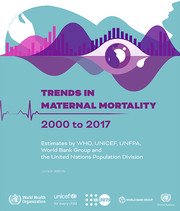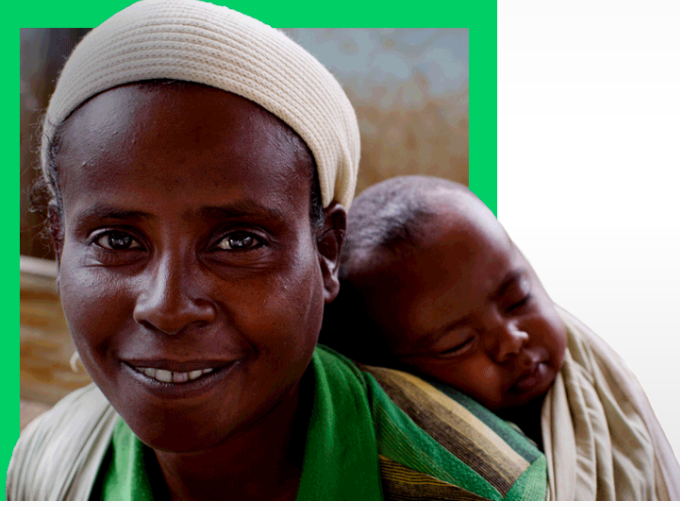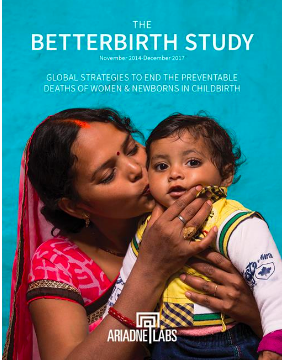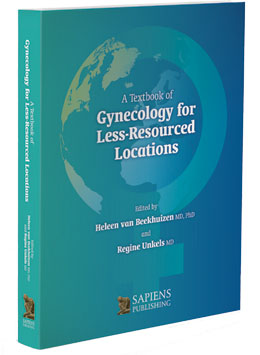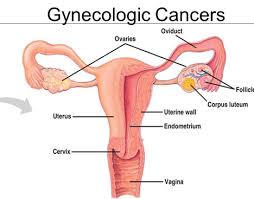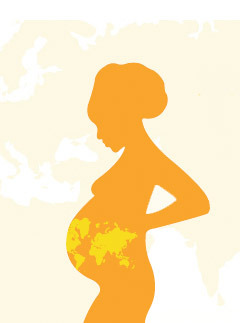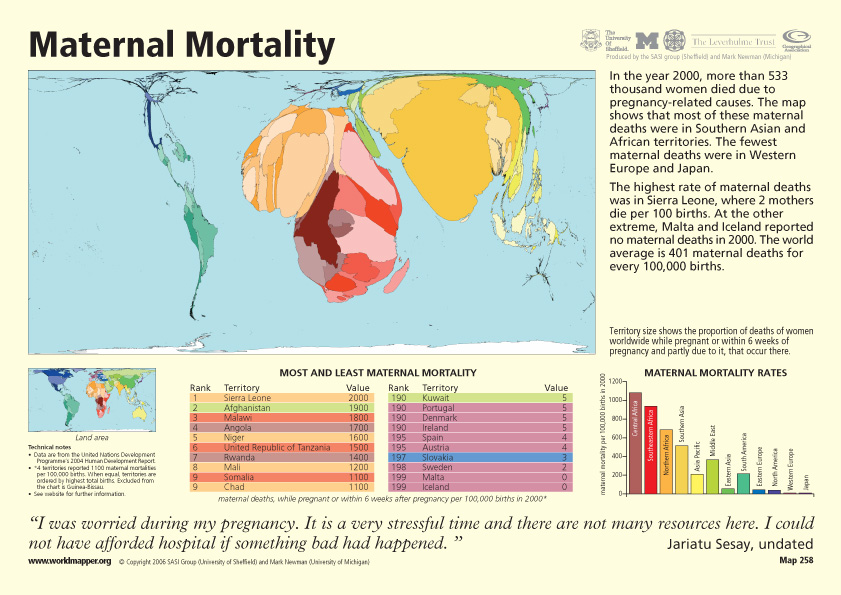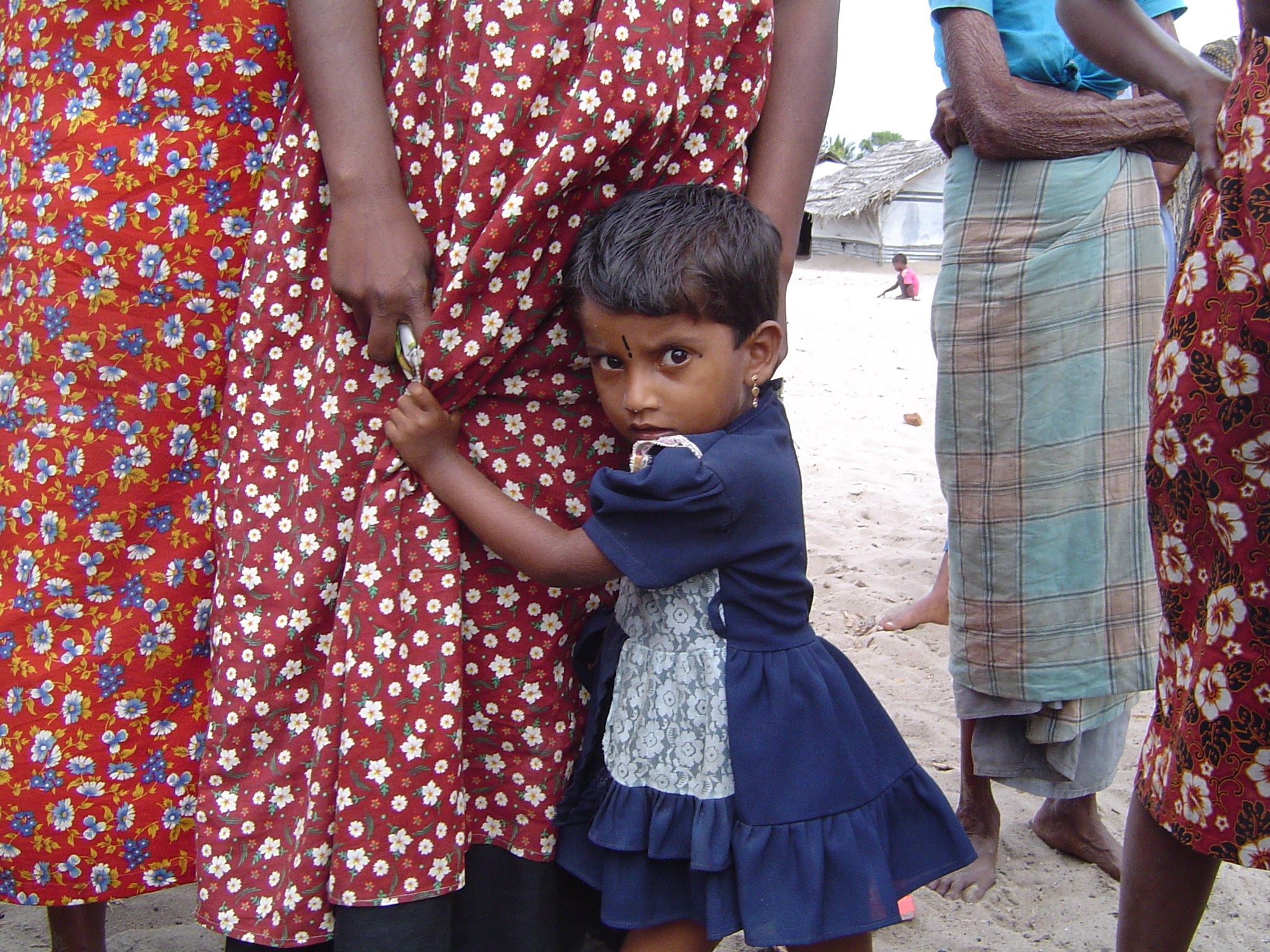Useful Information
Maternal death decline slowly with vast inequities worldwide…
Helping Mothers Survive Material
The Helping Mothers Survive Secretariat aims to ensure that women and newborns worldwide receive high-quality care by equipping health professionals with the knowledge and skills they need to succeed.
Global strategies to end the preventable deaths of women & newborns in childbirth
This report synthesizes the learnings, findings, and insights from the Ariadne Labs BetterBirth Study, one of the world’s largest studies of maternal-newborn quality of care and mortality with 300,000 women and infants. In addition, the report captures learnings and...
Gynaecology in Less-Resource locations – Heleen van Beekhuizen
Gynaecological cancer in Low Income Countries
The most significant gynecological cancer in women in low Income Countries (LIC) is cervical cancer. The incidence worldwide is 528.000 (year 2012) with a mortality of 266.000. 87% of these cervical cancer deaths occur in women in LIC...
Movie: Birth and Death- White Ribbon Alliance
maternal mortality on worldmapper
WHO Maternal Mortality Key facts
Every day in 2017, approximately 810 women died from preventable causes related to pregnancy and childbirth. Between 2000 and 2017, the maternal mortality ratio (MMR, number of maternal deaths per 100,000 live births) dropped by about 38% worldwide. 94% of all...
